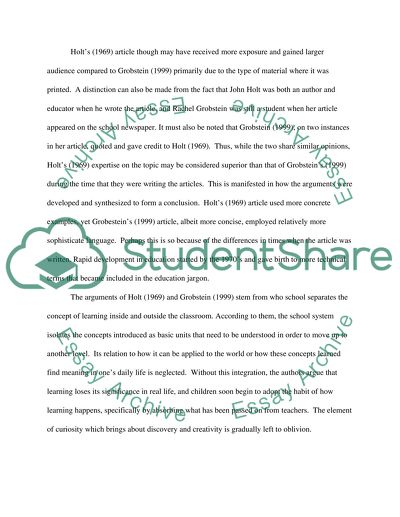Cite this document
(“The Bad Side of Schooling: Two Relate Articles Essay”, n.d.)
The Bad Side of Schooling: Two Relate Articles Essay. Retrieved from https://studentshare.org/education/1571643-compare-contrast-essay
The Bad Side of Schooling: Two Relate Articles Essay. Retrieved from https://studentshare.org/education/1571643-compare-contrast-essay
(The Bad Side of Schooling: Two Relate Articles Essay)
The Bad Side of Schooling: Two Relate Articles Essay. https://studentshare.org/education/1571643-compare-contrast-essay.
The Bad Side of Schooling: Two Relate Articles Essay. https://studentshare.org/education/1571643-compare-contrast-essay.
“The Bad Side of Schooling: Two Relate Articles Essay”, n.d. https://studentshare.org/education/1571643-compare-contrast-essay.


